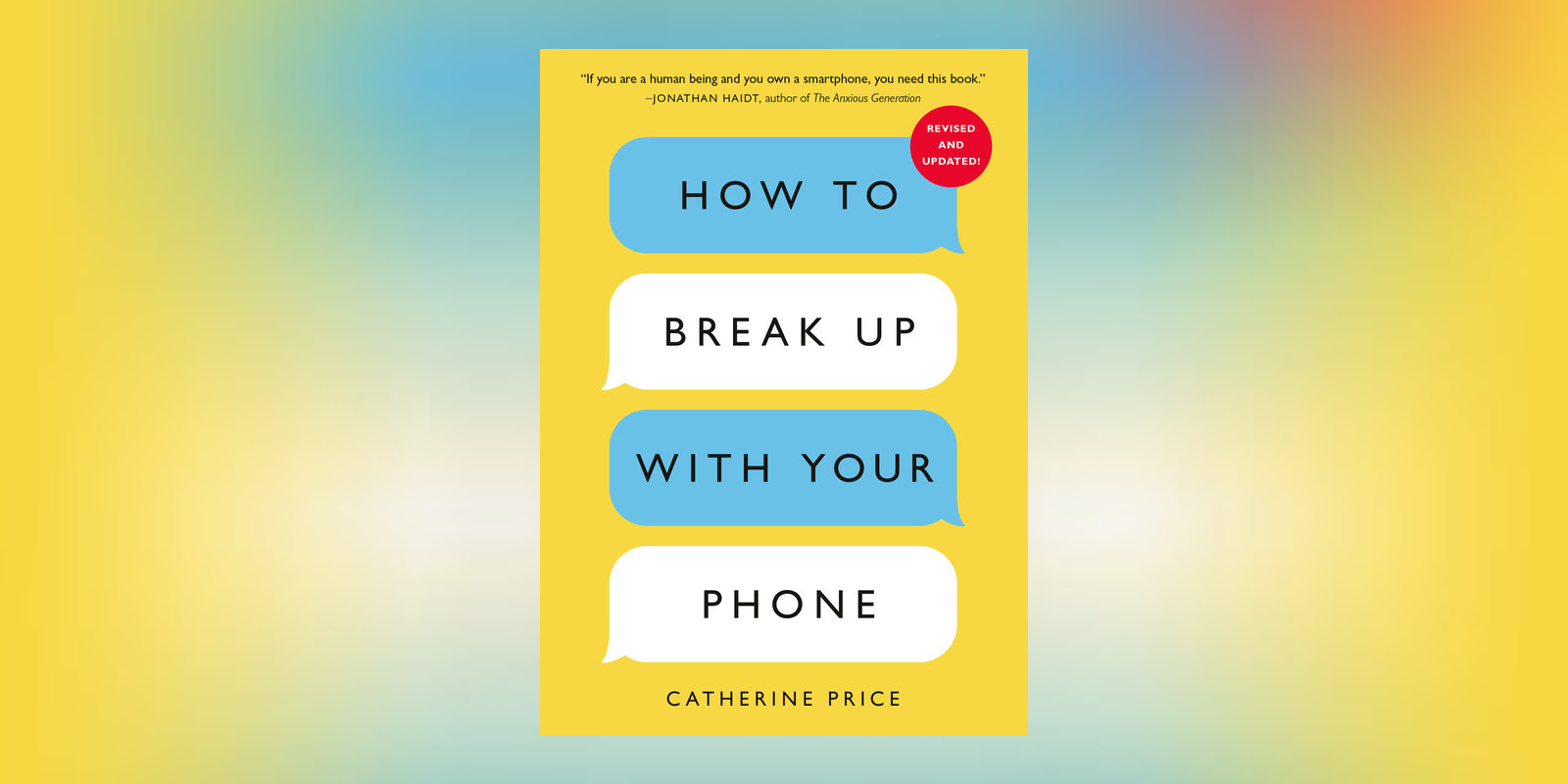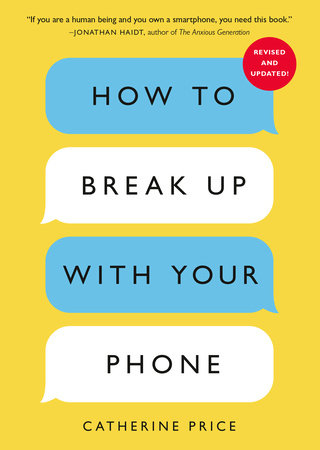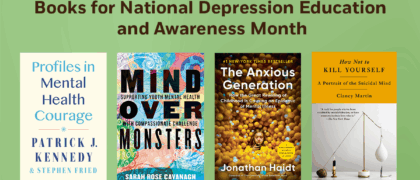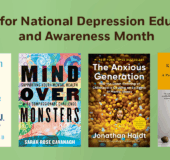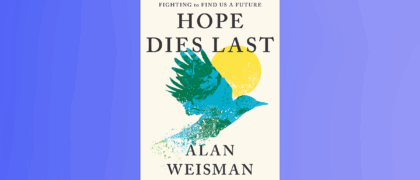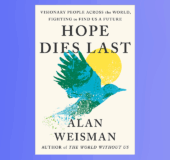Contributed by Catherine Price, health and science journalist and author of How to Break Up with Your Phone, Revised Edition: The 30-Day Digital Detox Plan. Now fully revised and updated, with expanded chapters explaining how social media and algorithms are designed to addict us and an updated section on the unique dangers social media poses to children, this evidence-based, user-friendly guide presents a 30-day digital detox plan that will help readers set boundaries with technology and live a more joyful and fulfilling life.
I wrote the first edition of How to Break Up with Your Phone for a very personal reason: I had my daughter in 2015, and one night when I was up with her, I noticed that she was looking up at me as I was looking down at my phone. My heart sank. I realized this was not the impression I wanted her to have of a human relationship, and it was also not how I wanted to be experiencing my own life.
I’m a health and science journalist, and so I immediately began searching for a book that could help me escape my phone’s thrall—but while I found a few that discussed the effects that the internet and devices were having on our brains, relationships and attention spans, I couldn’t find what I needed the most: a solution. So I decided to create one.
The result was How to Break Up with Your Phone, a short, playfully written book that combines an exploration of why our phones are so hard to look away from and what all this screen time is doing to us with a practical, evidence-backed plan for how to take back control. The goal isn’t to dump your smartphone entirely—after all, there are many ways in which technology genuinely enriches our lives. It’s simply to help people create new, healthier, more intentional relationships with apps and devices that keep the good parts of technology and minimize the bad. In other words, it’s not about spending less time on your phone; it’s about spending more time on your life.
The reaction to the original edition has been astonishing. Since its release, How to Break Up with Your Phone has been featured in media outlets around the world, from The New York Times and The Wall Street Journal to NPR, the BBC, the Today Show, CBS This Morning, Good Morning America, and The Guardian; in a viral article for The New York Times, tech columnist Kevin Roose called me “the Marie Kondo of brains,” and said that, as a result of having me coach him through the book’s 30-day plan, “for the first time in a long time, [he was] starting to feel like a human again.” I hear regularly from readers who say that the book and its plan have changed their lives for the better. But perhaps the best compliment I’ve received came from a 13-year-old boy, who approached me at a talk I gave at his school, and simply said, “I love your book.”
Earlier this year, I approached my publisher and asked if they’d consider letting me update the book, and they said yes. So I’m thrilled to share with you my new, fully revised and updated edition, with expanded sections on social media, algorithms, and how artificial intelligence is making it even harder—and even more important—to create intentional relationships with our phones. As Jonathan Haidt, the #1 New York Times bestselling author of The Anxious Generation, puts it: “If you are a human being and you own a smartphone, you need this book.”
How Librarians and Teachers Can Use This Book
How to Break Up with Your Phone is particularly valuable for teenagers and young adults because it can help them establish habits around technology that they can use for the rest of their lives. My hope is that, after reading it, teens and young adults will understand how they’re being manipulated into giving their time and attention away for free (as I like to put it, any minute we’re spending scrolling through a social media app is a minute we’re spending making money for someone else), which in turn will motivate them to make better informed decisions for themselves how they want to be interacting with—and using—technology. Following the book’s plan (whether the full 30 days, or just a selection of its exercises) will also help them build skills like mindfulness, focus, and time management—all of which are essential for both academic success and personal well-being.
There are lots of ways that I’ve seen librarians and teachers incorporate the book into lesson plans and programming—unlike many books on the subject, it’s written in an accessible and engaging style that will appeal to students from eighth grade on up.
Here are two ideas to get you started:
- Class Activities (or Digital Wellness Workshops): You can use the book’s 30-day plan to guide your students through structured activities designed to help them think more critically about their own habits, such as tracking their screen time (perhaps even having a playful competition with their classmates!), practicing mindfulness/attention-building strategies, writing “breakup” letters to their phones (a surprisingly effective goal-setting strategy!) and making adjustments to their phones and physical environment to create better boundaries, both on and off their phones. You can also integrate themes from the first half of the book into English, health, or social studies curricula through writing prompts, debates, or research projects on technology’s impact on society.
- Common Reads and Community Reads: The book is a great jumping-off point for discussions with students, teachers and parents—and/or the broader community—about technology, apps, and devices. One idea I’ve seen work well is to invite participants (both students and their parents and teachers!) to do the breakup plan together and discuss their experiences.
I wrote How to Break Up with Your Phone to help people (and myself) take back control from our devices and build healthier digital habits—but ultimately, it’s also about reclaiming joy, presence, and control over our lives. I hope you’ll consider it for your library, classrooms, and community!

